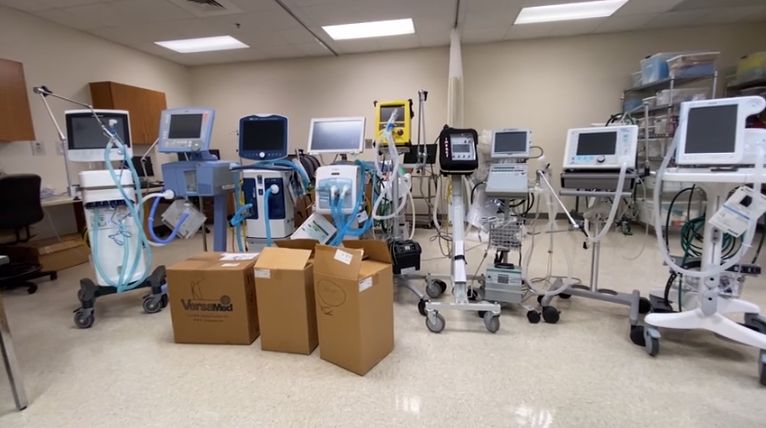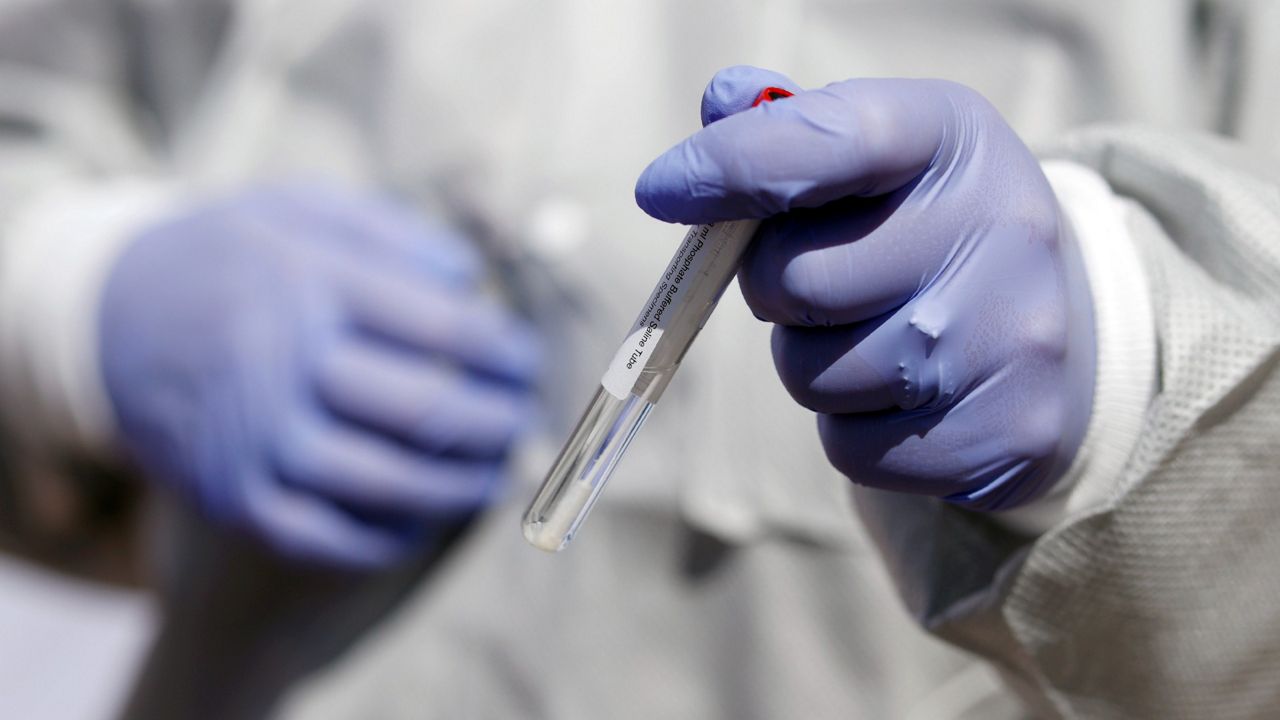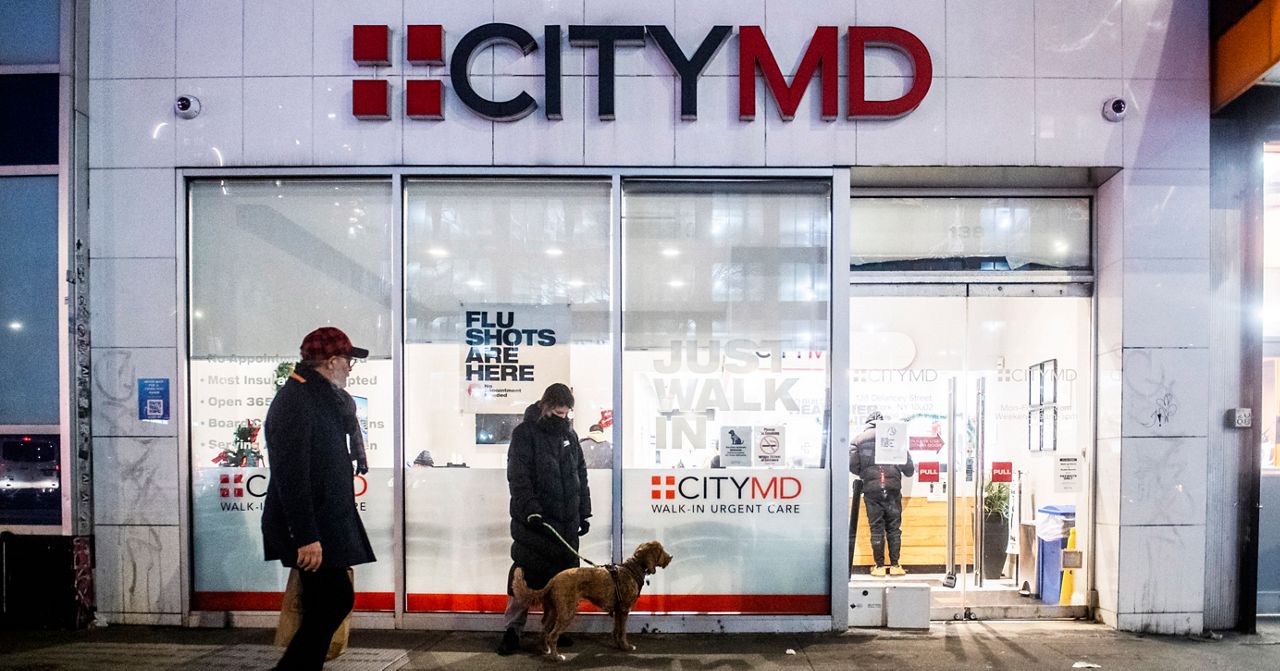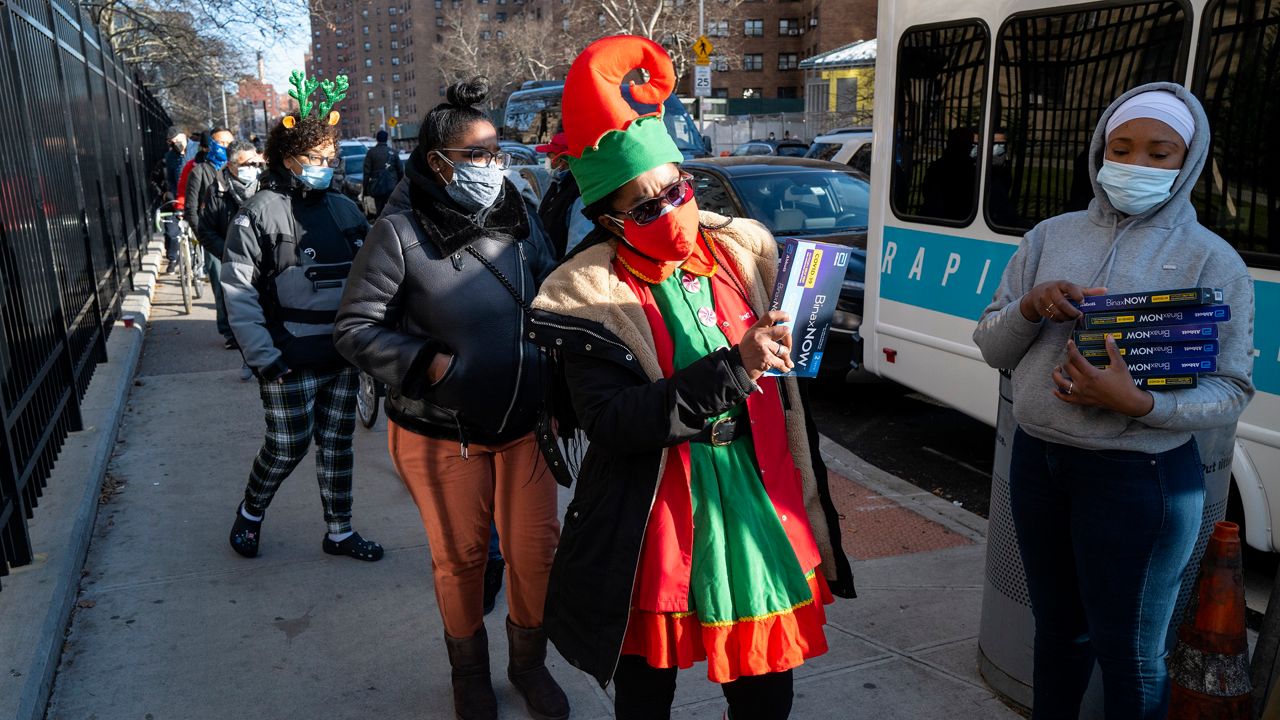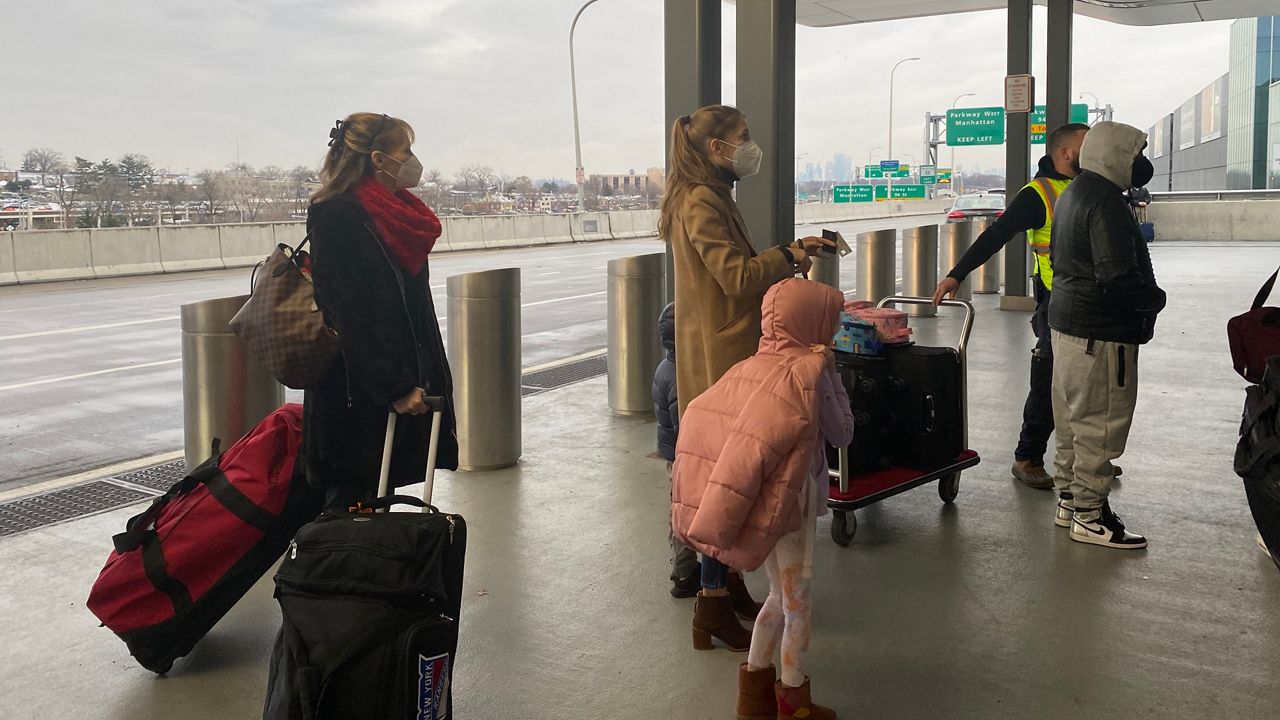There are about 7,700 licensed respiratory therapists and technicians throughout the state. According to data from the American Association for Respiratory Care, New York has the second lowest number of licensed therapists per capita of any state in the country, behind only Minnesota.
- LIVE UPDATES: Coronavirus in New York City
- What We Know About the Coronavirus
- CDC Coronavirus Page
- WHO Coronavirus Page
Academics and clinicians say there was a nationwide shortage of trained respiratory therapists before the pandemic. A growing need to treat patients critically ill with COVID-19 will only exasperate the need, they say.
“We don’t even have enough [respiratory] therapists taking care of the [patient] load that we have,” said registered therapist Victor Beauvil, PhD. He runs the respiratory therapy program at Mandl College of Allied Health in midtown Manhattan.
Respiratory therapists operate ventilators. After a patient is intubated, usually by a doctor or nurse, a respiratory therapist will monitor oxygen levels with blood tests and adjust the equipment as needed. There can be hundreds of settings on the various ventilator machines, explains Michele Pedicone, director of clinical education at SUNY Upstate Medical University.
“Who is going to operate these ventilators? That’s really difficult to say, we could probably train some physicians and nurse practitioners and physicians assistants to help us with that piece but I’m sure they have their hands full as well,” says Pedicone.
It’s hard to know exactly how many therapists are needed, says Claire Aloan, director of respiratory therapy of SUNY Upstate Medical University. She explains a patient placed on a respirator usually needs the machine for three to four days, but COVID19 patients are staying on the ventilators for around three weeks.
“So that ties the ventilator up for a long time” Aloan explains. “And also ties the staff up for a longer period of time.”
There are 13 accredited programs in the state that train students to become respiratory therapists. Mandl College will graduate about 14 students in about a week and a half.
“We have these skills that we’ve worked so hard to achieve and to be able to join the workforce and the hardworking healthcare providers on the frontline at this time is amazing,” said Anita Dipnarine, a student at Mandl College preparing to graduate.
“I think it will breed a new generation of therapists who have the experience of being in a pandemic because this thing might not be a one time thing,” said Leah Degman, another student at Mandl College. Degman says she has already secured a job at a hospital in the city, but declined to identify which one.
According to the governor’s office, roughly 78,000 healthcare providers who are retired, not currently practicing, or are from other states have volunteered to help on the frontlines. Michele Pedicone is one of them.
The office is now sorting through what specialities are represented among the volunteers.




